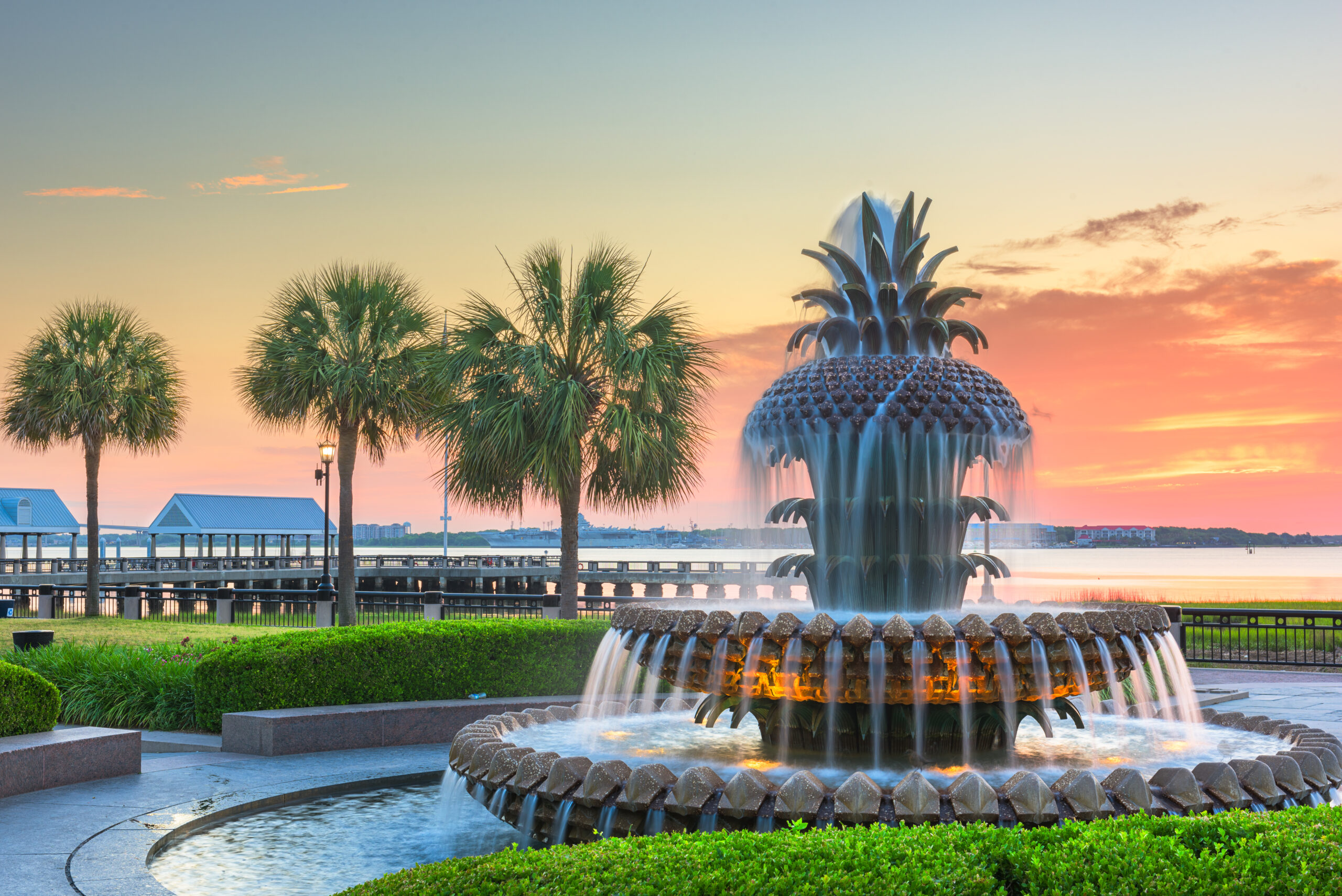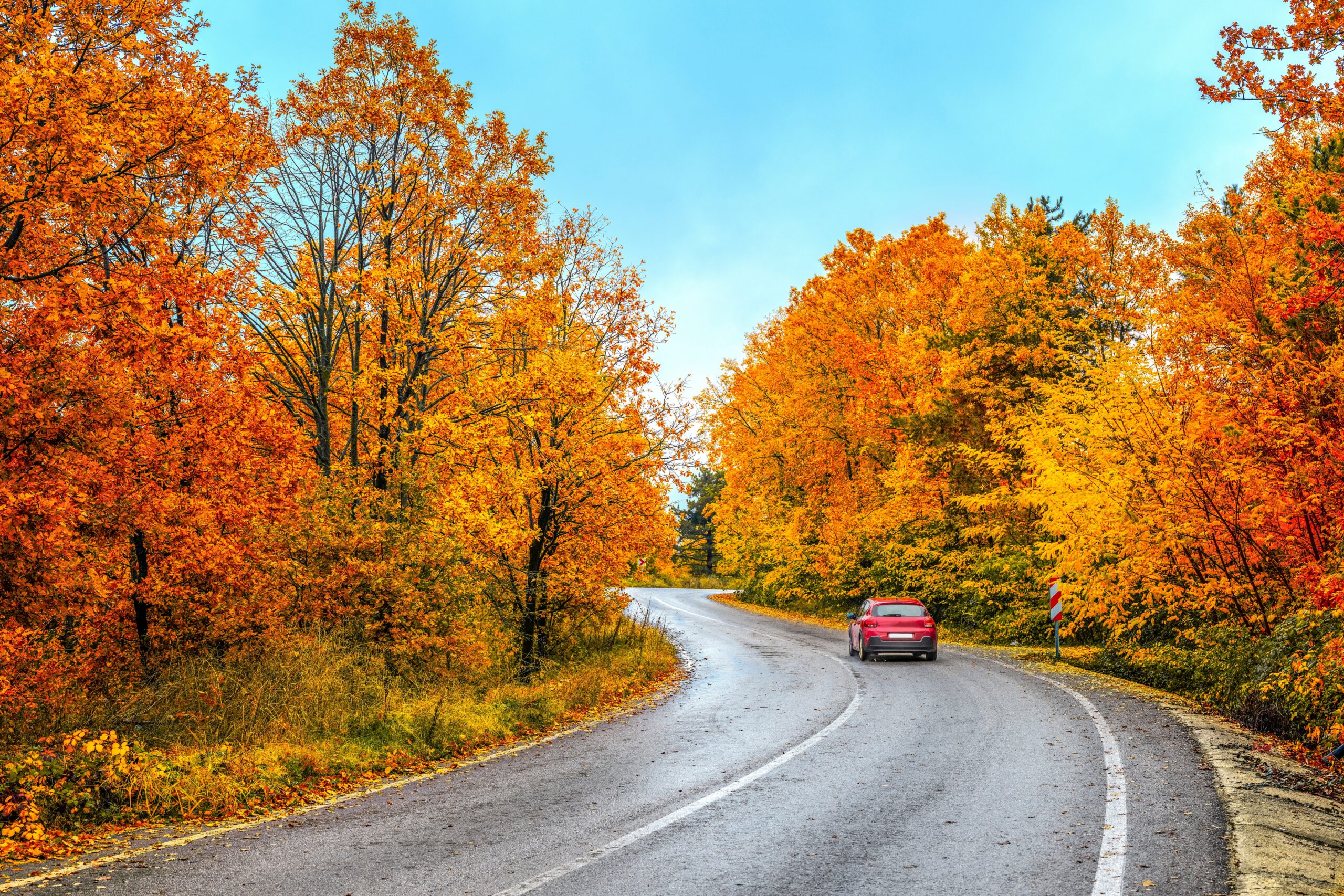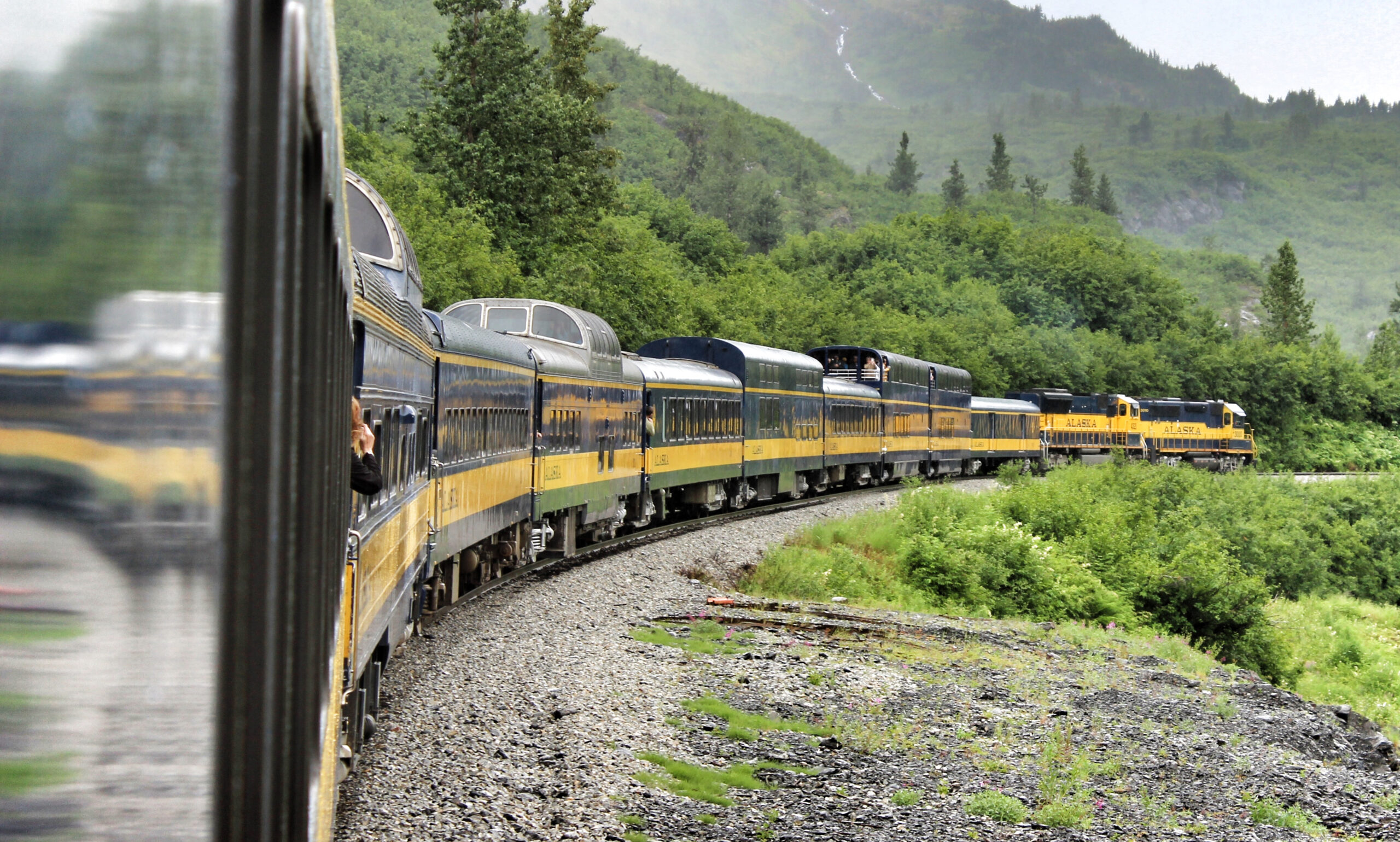Boston is one of the great cities, as it is a walkable one, and following its well-known Freedom Trail is the best way to enjoy it. This 2.5-mile path will most certainly bring you back in time. Wander through Boston’s most historic districts to see sixteen locations that were crucial to American history.
All you have to do is follow the red brick path, or painted in certain areas, through the city and search for the plaques and markers at every historic monument.
You will stroll across Boston’s streets, stopping at monuments, churches, and old residences, including burial sites. You will even be able to tour the oldest commissioned navy vessel still in use worldwide.
Local Boston Herald writer William Schofield and Old North Church member Bob Winn first proposed the idea for this famous pedestrian path. Their idea came to pass on June 11, 1951. The Freedom Trail was designed to provide a marked path to the city’s historic sites, preventing lost visitors.

16 Must-See Stops and Historical Insights
- Boston Common: America’s oldest public park, established in 1634. It has served various purposes throughout history, including a grazing common, military training ground, and a site for public gatherings, protests, and celebrations.
- State House: The seat of Massachusetts government since 1798. Designed by Charles Bulfinch, its golden dome is a prominent Boston landmark. The land was originally owned by John Hancock.
- Park Street Church: Founded in 1809, its tall steeple was once the first landmark travelers saw approaching Boston. Known as “Brimstone Corner” due to both fiery sermons and gunpowder storage, it was here that William Lloyd Garrison gave his first public anti-slavery address, and the hymn “America” (“My Country ‘Tis of Thee”) was first sung.
- Granary Burying Ground: Established in 1660, this historic cemetery is the final resting place for many notable figures, including John Hancock, Samuel Adams, Paul Revere, and the victims of the Boston Massacre.
- King’s Chapel & Burying Ground: Founded in 1686 as Boston’s first Anglican church. The current granite building was constructed in 1754 on the site of Boston’s oldest English burying ground.
- Boston Latin School Site & Ben Franklin Statue: The site of America’s oldest public school, founded in 1635. A mosaic and a statue of former student Benjamin Franklin mark the location. Many other prominent figures, including John Hancock and Samuel Adams, also attended.
- Old Corner Bookstore: Built in 1718, it’s downtown Boston’s oldest commercial building. In the 19th century, it was home to the influential publishing house Ticknor and Fields, which published works by Thoreau, Hawthorne, and Longfellow.
- Old South Meeting House: Constructed in 1729 as a Puritan house of worship, it was Boston’s largest building in colonial times. It played a crucial role in the American Revolution, serving as a gathering place for citizens to protest British policies, including those leading to the Boston Tea Party.
- Old State House: Built in 1713, this is Boston’s oldest surviving public building. It served as the center of colonial government, civic, political, and business life, and was a key location during the Boston Massacre.
- Boston Massacre Site: Marked by a circle of granite pavers outside the Old State House, this is where on March 5, 1770, British soldiers fired on a crowd of colonists, killing five and escalating tensions that led to the American Revolution.
- Faneuil Hall: Often called “the Cradle of Liberty” and “the home of free speech,” Faneuil Hall hosted America’s first Town Meeting and became a pivotal location for revolutionary politics.
- Paul Revere House: Built around 1680, this is the oldest remaining structure in downtown Boston and the only official Freedom Trail historic site that is a home. Paul Revere owned and lived in the house from 1770 to 1800.
- Old North Church: Established in 1723, it’s Boston’s oldest church building. Most famously, on the night of April 18, 1775, two lanterns were hung in its steeple (“one if by land, and two if by sea”) to signal the movement of British troops, initiating Paul Revere’s ride and the start of the Revolutionary War.
- Copp’s Hill Burying Ground: Originally called North Burying Ground, it was laid out in 1659 and is the second oldest burying ground on the Boston peninsula.
- USS Constitution: Launched in 1797, “Old Ironsides” is the oldest commissioned warship afloat in the world. It gained fame during the War of 1812 for its victories against British frigates and its seemingly impenetrable oak hull. It remains a commissioned naval vessel and a popular museum ship.
- Bunker Hill Monument: A 221-foot granite obelisk in Charlestown commemorating the Battle of Bunker Hill, which took place on June 17, 1775. Though a tactical British victory, the battle demonstrated the determination and fighting ability of the Colonial forces early in the Revolutionary War.
Explore all must-see stops and historical insights with Action Tour Guide
Tips Before You Go
- Best Time to Visit: Spring and fall are ideal for walking and sightseeing.
- Accessibility: The route is mostly wheelchair accessible. Some buildings have limited entry.
- What to Bring: Comfortable shoes, water, sunscreen, and a fully charged phone.
- Start & End: Begin at the Boston Common Visitor Center and end at the Bunker Hill Monument.
- Tour Format: Use the Action Tour Guide’s app for a rich, self-guided audio experience.
Conclusion:
Walking the Freedom Trail is more than just a sightseeing tour; it’s an intimate connection to the bravery, struggles, and triumphs that forged a nation. With a self-guided audio tour in hand and these insider tips, you have the power to uncover every historical nuance, reliving the fight for American Independence at your own pace. So lace up your comfortable shoes, hit play on your tour, and embark on an unforgettable journey through Boston’s revolutionary past!
Frequently Asked Questions






